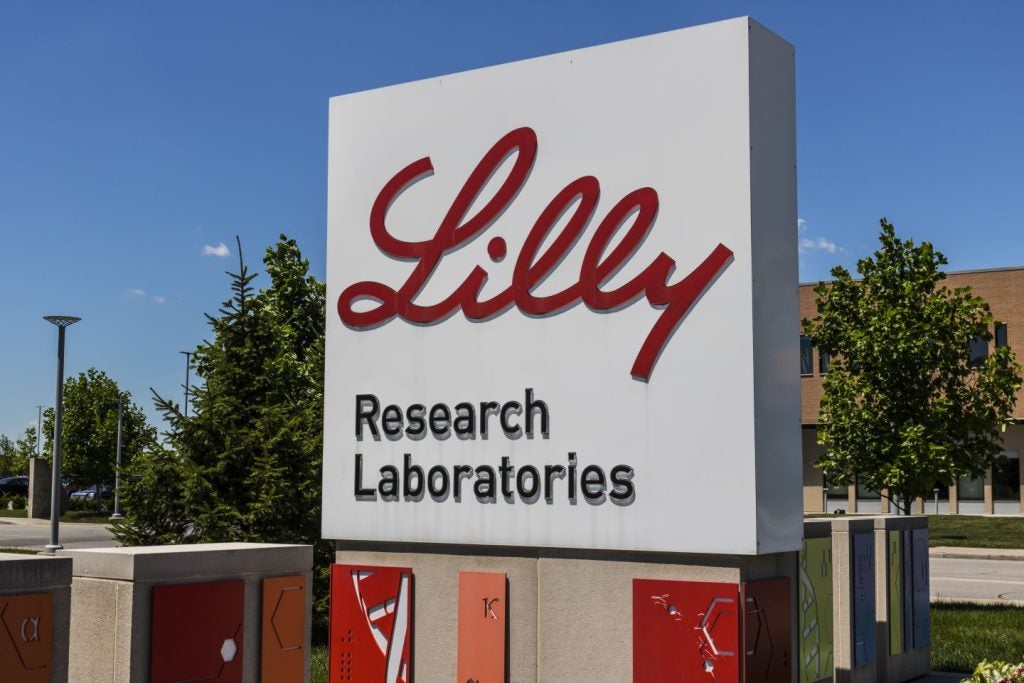Eli Lilly has had their dual glucagon-like peptide-1 receptor agonist (GLP-1)/Gastric Inhibitor Polypeptide receptor agonist (GIP) therapy Mounjaro (tirzepatide) approved for use as a new treatment option for patients in England with type 2 diabetes (T2D), in cases where the existing treatment management options are insufficient. The National Institute for Health and Care Excellence (NICE) has provided guidance explaining where triple therapy with metformin and two other oral antidiabetic drugs has proven ineffective then these patients are eligible to change to GLP-1 therapies such as Novo Nordisk’s semaglutide (Ozempic or Rybelsus) or insulin therapy. In requesting the drug receive NHS approval for use, Lilly asked that Mounjaro be considered as an alternate therapy for patients to GLP-1 receptor agonists (such as Ozempic or Trulicity) where three or more antidiabetic drugs have demonstrated inadequate control. Lilly’s rationale is that, as GLP-1 receptor agonists are third-line or fourth-line therapy for T2D in the NHS, it would be prescribed alongside two oral agents. As a once-weekly injectable therapy, similar to semaglutide, that is likely to be used mostly in specialist NHS weight management services, the therapy is less likely to be adopted for use in primary care in comparison to oral agents. Mounjaro as a therapy for T2D is likely to gain significant uptake in the primary care space, as well as eventually in specialist weight loss management services, as the therapy is able to significantly reduce HbA1c and induces significant weight loss in patients with obesity, which is often the case for T2D patients.
NICE assessed trial data submitted from the SURPASS and SURMOUNT trials for tirzepatide that assessed T2D and obesity in those that don’t have T2D, respectively. They reported that these trial results demonstrate that tirzepatide reduces HbA1c levels and body weight in comparison to semaglutide, insulin therapy, or placebo and had similar outcomes when compared indirectly to other GLP-1 receptor agonists. NICE reported that, across all trials, ~81% to 97% of patients reached HbA1c of less than 53mmol/mol (7%), which was deemed statistically more significant than comparator therapies with several of the trials also demonstrating greater weight reductions. In addition, Lilly also strengthened their NICE application by providing analyses regarding the clinical and cost-effectiveness of tirzepatide, as well as showed that estimates regarding cost-effectiveness were within the range that NICE considered acceptable for use in the NHS. Unusually, NICE also reported that they would have preferred to assess tirzepatide in a broader population but that Lilly’s positioning of tirzepatide to a narrow patient population meant that the evidence hadn’t been presented to enable NICE to provide that broader assessment. Tirzepatide was therefore recommended to a narrower patient population than its actual market authorization.
As a result of this approval by NICE for NHS use of Mounjaro (tirzepatide), Lilly is likely to become the leading GLP-1 manufacturer in the T2D space, in the UK market, over the next decade as its data rivals that of its competitors. There will be increasing competition from semaglutide and other potential GLP-1s that enter the T2D space, but Mounjaro will likely compete well against these therapies considering both the T2D and weight loss data and the potential lowering of cardiovascular risk (which is currently being assessed at Phase III). NICE is expected to publish guidance in Q1 of 2024 regarding the use of Mounjaro for weight loss and potential challenges remain for Lilly regarding a sufficient supply of medications for patients with T2D. GlobalData predicts that Lilly will become the leading GLP-1 therapy in the T2D and obesity space within the next decade, particularly for the UK market, and Lilly’s position in the space will be strengthened further with the eventual launch of ‘triple G’ receptor agonist (GLP-1/GIP/glucagon receptor (GR)), retatrutide, which is currently at Phase III for T2D and obesity.
















